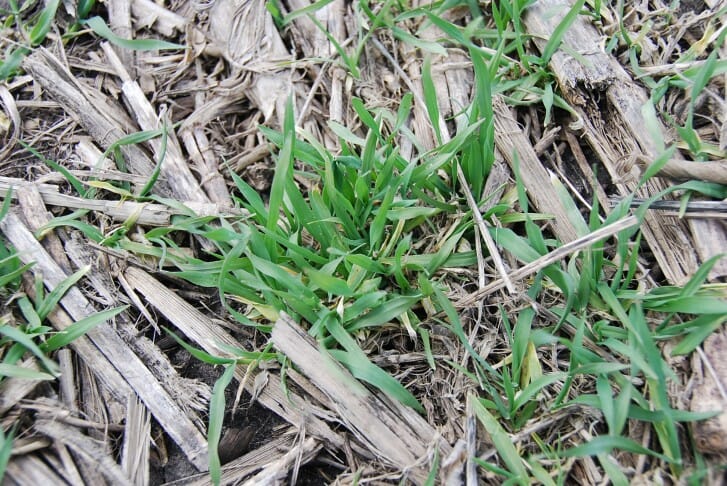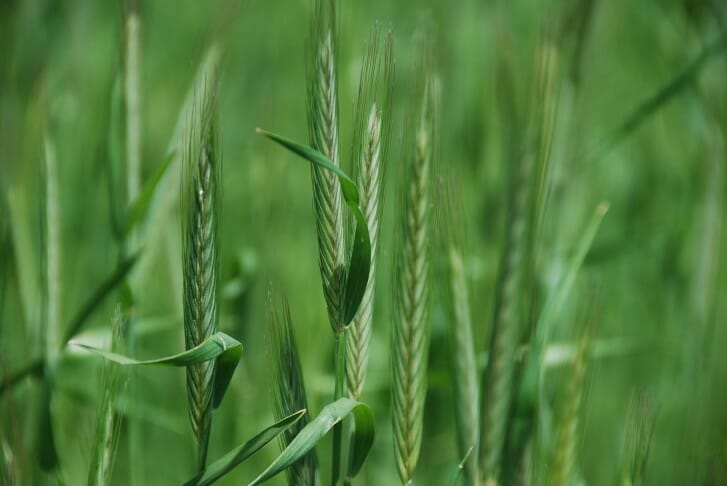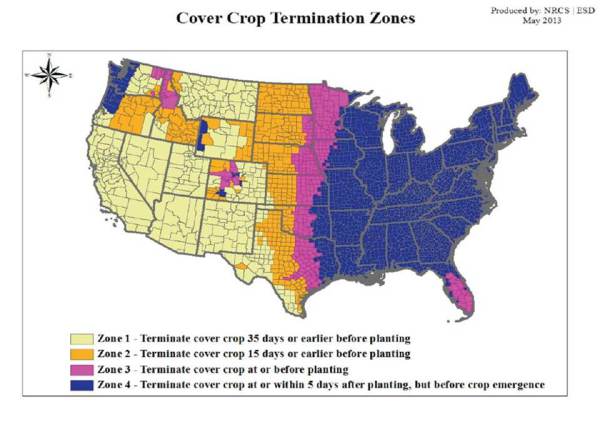Certifying and Insuring Cover Crop Acres
On March 25, 2014, the Johnson County Soil and Water Conservation District held an informational meeting on cover crops. Steve Carson, from the Johnson County Farm Service Agency (FSA) office, and Jack Tank, of Ag Risk Insurance in Iowa City, spoke about certifying cover crop acres and rules pertaining to crop insurance.
Certifying Cover Crop Acres
Steve Carson, Johnson County FSA
319-354-1074
steve.carson@ia.usda.gov
The FSA is requiring farmers to register fall 2014 seeded cover crops by Dec. 15, 2014 IF they will be harvesting those cover crops for hay/silage or grazing them in spring 2015 prior to terminating and planting a cash crop. If the farmer does not intend to harvest for hay/silage or graze then they do NOT need to certify. However, Steve Carson, FSA agent, urged that a farmer should just certify all cover crop acres to be safe because one may never know if they will eventually graze or harvest their cover crop.
CROP CERTIFICATION
- The 2014 Farm Bill continues to require an acreage report for all cropland on the farm.
- The acreage report is required to be eligible for:
- Price Loss Coverage (PLC)
- Agricultural Risk Coverage (ARC)
- Marketing Assistance Loans
- Loan Deficiency Payments
- Conservation Reserve Program (CRP)
HOW DOES THAT AFFECT COVER CROPS?
- If the cover crop is managed and terminated according to NRCS guidance; that cover crop does NOT need to be certified for any FSA purposes.
- However, if the cover crop is grazed or mechanically harvested, then it must be reported at FSA by December 15, 2014.
- When in doubt, certify your cover crop acres!
- You may not know if you’ll graze or harvest the cover crop come the following spring.
OTHER CONSIDERATIONS
- Always keep your Insurance Agent informed.
- Since the Livestock Feed Program (LFP) is now permanent law:
- If you graze or mechanically harvest a cover crop, then you must certify the cover crop acreage to be eligible for LFP benefits.
Crop Insurance Rules Pertaining to Cover Crops
Jack Tank, Ag Risk Insurance, Iowa City
(319) 337-2242
jack@agrisk.com
From Risk Management Agency: A farmer cannot insure a planted crop if, in the same year, a crop (other than a cover crop) reached the head/bud stage and was harvested (hay/silage/grazed) prior to termination. Put another way, a farmer can let a conservation cover crop go to head/bud BUT must terminate it before planting a cash crop. The farmer cannot cut hay or graze after the cover crop reaches head/bud; the cash crop would be uninsurable at this point.
COVER CROP RULES
- Insurance shall not attach or be considered to have attached to a planted crop on acreage from which, in the same calendar year:
- A perennial hay crop was harvested; or
- A crop (other than a cover crop) reached the headed or budded stage prior to termination, regardless of the percentage of plants that reached the headed or budded stage.
COMMONLY ASKED QUESTIONS
- Can I harvest a cover crop before the insured crop is planted?
- Yes, the cover crop can be grazed or harvested as hay/silage; however, if it is harvested as grain or seed in the same year, the conservation cover crop will be considered a “crop” and double-crop rules will apply.
- Will over-seeding or interseeding a conservation cover crop into an insured grain crop affect insurability?
- No, as long as the cover crop is seeded near physiological maturity (leaves yellow) of the insured crop and the practice does not interfere with harvest of the insured crop.
NRCS COVER CROP TERMINATION ZONES (see map below)
- Zone 3 (western Iowa)
- Terminate cover crop at or before planting cash crop. Add 7 days to cover crop termination date for no-till.
- Zone 4 (most of Iowa)
- Terminate cover crop at or within 5 days after planting cash crop but before cash crop emergence. Add 7 days to cover crop termination date for no-till.



